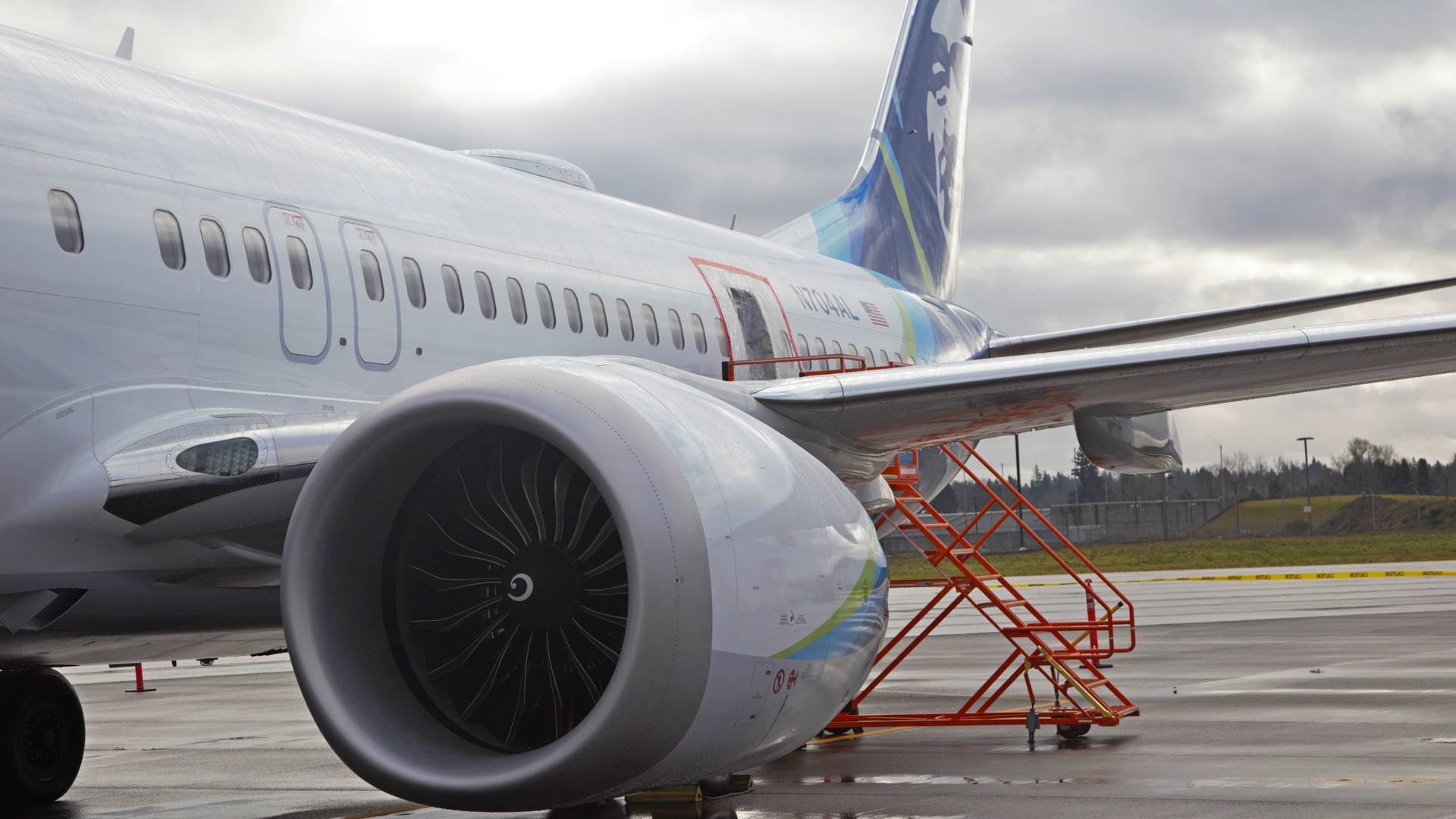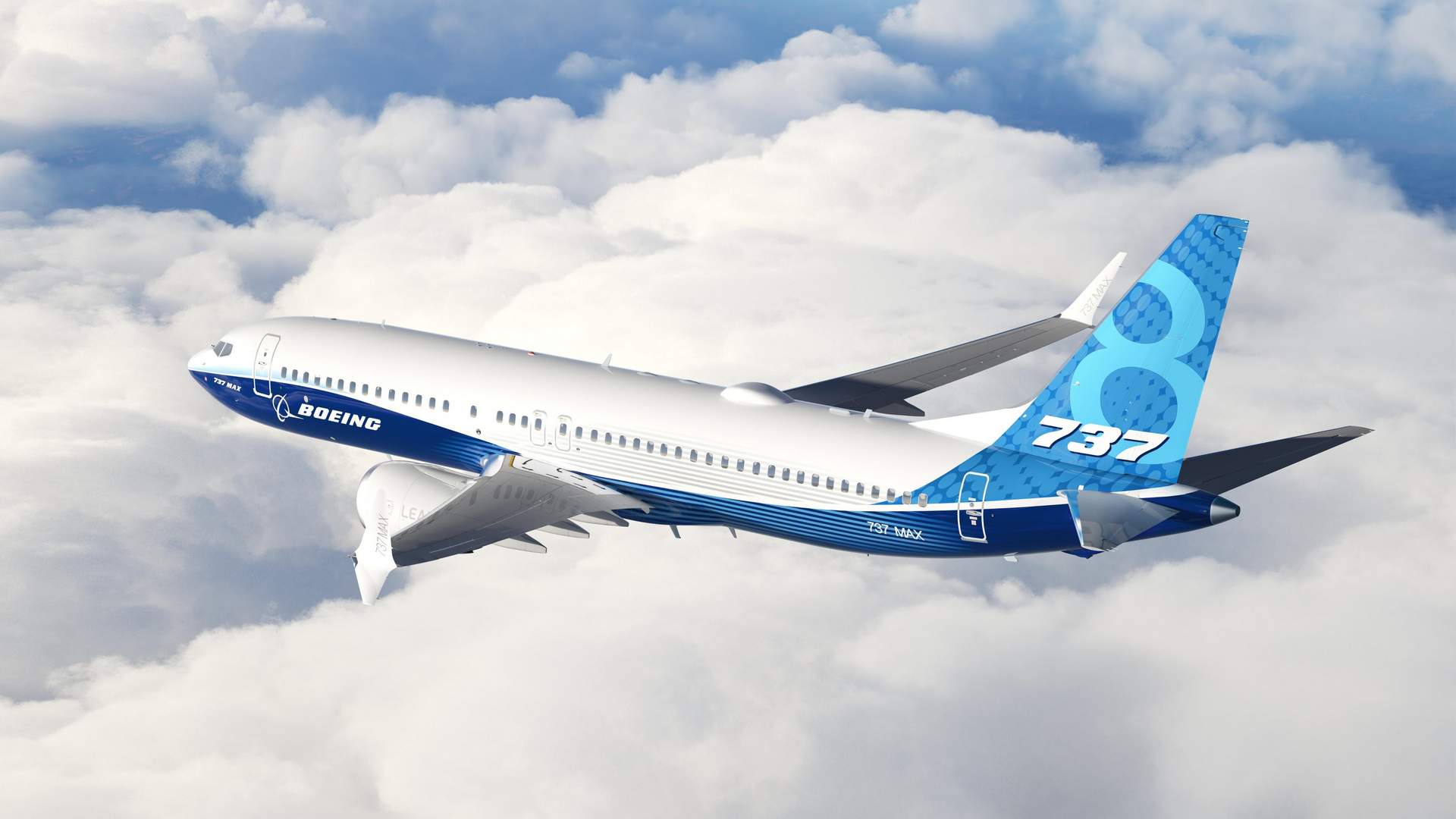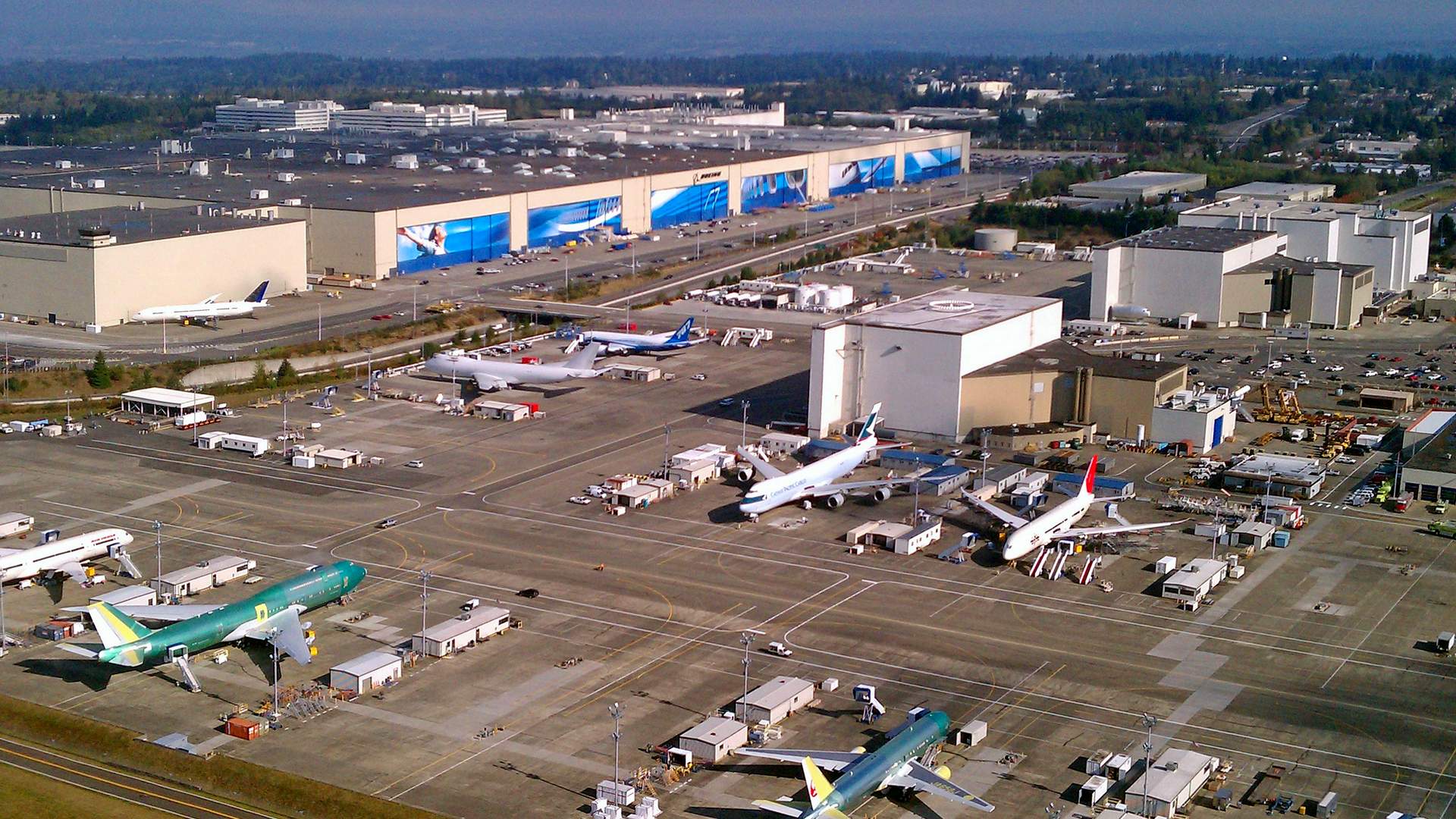As job introductions go, new Boeing CEO Kelly Ortberg faced quite a nightmarish one. He started on Thursday, and his to-do list is daunting.
This week, the NTSB has held hearings on the door plug blowout incident that impacted Alaska Airlines flight 1282 last January. The agency typically doesn’t hold such hearings in public, but made a point of taking this extra step, to highlight Boeing’s failings on the matter.

It was a very serious and very public attack on the American aircraft manufacturer, raising serious questions about its procedures, safety management system and overall culture. And Kelly Ortberg, Boeing’s new CEO, started his new job one day after the hearings ended.
This definitely wasn’t a coincidence. The new CEO’s transition was announced months after the NTSB arranged its hearing. Given that he is a Boeing outsider, it probably made sense to keep the new CEO away from this process. For now.

Even so, Kelly Ortberg won’t have an easy transition into his new role. He will have to build working relationships with the NTSB, the FAA, the airlines and lessors, Boeing’s own machinist and engineer unions, suppliers… not to mention the U.S. Air Force and other military customers, NASA, and probably others, too.
Kelly Ortberg Bringing Back “Working Together”?
The new CEO will also need to do this on a shoestring budget. Many in the industry will watch Kelly Ortberg and his first moves in his new role closely to see how he will respond to these challenges.

In a message to Boeing employees, Ortberg acknowledged Boeing’s issues with some encouraging statements:
“I can’t tell you how proud and excited I am to be a member of the Boeing team. While we clearly have a lot of work to do in restoring trust, I’m confident that working together, we will return the company to be the industry leader we all expect.
“Restoring trust starts with meeting our commitments — whether that’s building high quality, safe commercial aircraft, delivering on defense and space products that allow our customers to meet their mission, or servicing our products to keep our customers running 24/7…”

Choosing to use the words “working together” in the second sentence of his statement probably wasn’t a coincidence. The title of this message was “Our Work Together Begins.” “Working Together” was a moniker that Phil Condit introduced at Boeing, when the company was developing the 777.
Transitioning away from the collaborative atmosphere of “working together” and onto a more corporate-focused culture has often been singled out as the genesis of Boeing’s demise. Kelly Ortberg likely wanted to set the tone with his first message as CEO.

Plenty of Attention
Listing aircraft quality and safety in his next sentence, along with military and space products, is obviously part of setting this tone. Boeing’s other embarrassing story of this week is that the Starliner astronauts could have to return to Earth on a different vehicle – after “being stuck” (it’s OK to use the S word now) on the ISS for months.
Of course, the industry will judge Kelly Ortberg after looking at more pragmatic actions than the wording of a quick employee message (really, a press release). In particular, we will need to see what changes, if any, Ortberg chooses to make in Boeing’s management over the next few weeks.

Boeing is still busy acquiring Spirit AeroSystems. Spirit CEO Pat Shanahan seems to have been a frontrunner for the Boeing CEO role. Kelly Ortberg got the nod from the Boeing board instead, but will he have a role for Shanahan?
Both men are engineers, and Shanahan has a reputation as a problem-fixer – an in-demand poignant skill in today’s Boeing. It is unclear how quickly Ortberg might introduce radical changes in a company that has already made substantial management changes in previous months.
The other encouraging move that Kelly Ortberg confirmed in his statement is that he will base himself in Seattle, to “…be close to the commercial airplane programs”. Many in the industry would like to see Boeing’s headquarters return to the Puget Sound region, where the bulk of its aircraft manufacturing and assembly has traditionally taken place.



